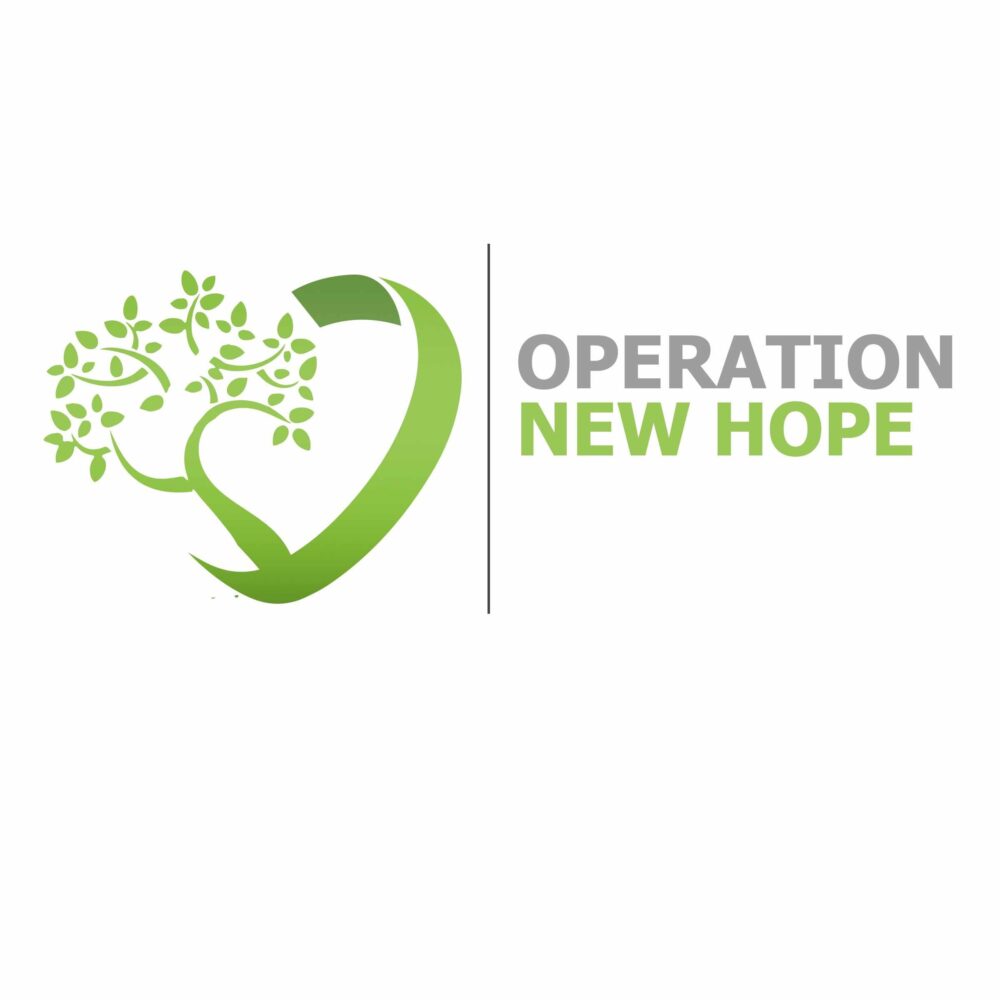The Hechinger Report – ‘Free College’ programs sound great – but who gets excluded?
‘Free college’ programs sound great – but who gets excluded?
At a time when higher education is in constant flux – some of it is online, some of it is in person with students at a social distance, some of it is in hybrid form – at least one part remains constant: It’s expensive. Theaverage cost of tuition and fees at a four-year, nonprofit, private institution was $36,900 in 2019-2020 for a full-time student. For an in-state student at a public institution, it was $10,400.
Numbers like these could make any student or family inquire about free-college programs. And they sound great in politicians’ speeches, too. But upon closer examination, many of these programs exclude students who could most benefit from them, according to a new report from The Education Trust, a nonprofit organization that advocates for historically underserved students.
Rules about how old the student is permitted to be or how many credithours can be taken, for example, create unforeseen challenges, said Tiffany Jones, Education Trust’s senior director of higher education policy. And few programs cover costs like books or transportation.
These programs may be popular, Jones said, “but they don’t always have the support they need politically to invest the dollars necessary to actually make college more affordable for the students who struggle the most to pay. So one of the ways they’re able to reduce the scope and the cost is by limiting who gets it.”
Jones said there may be hundreds of local programs across the country that cover college costs, but many are more akin to merit scholarships or are reserved for certain disciplines. Ed Trust wanted to find out which programs were broad and accessible, she said. The researchers examined only free-college programs that are state-funded, allow anyone in the state to enroll, cover tuition costs at two-year or four-year institutions, don’t require a minimum ACT score of 20 or a 3.0 GPA, and were launched by July 2020. The last point is noteworthy, Jones said, because a state may have wanted an expansive free-college program but been prevented from starting one by the pandemic. Ed Trust focused on programs that had been underway for at least one cohort of students.
There were 23 statewide programs, ranging from California to Rhode Island, that met Ed Trust’s criteria. (In 2018, when Ed Trust last reported on statewide free-college programs, only 15 met their benchmarks.) Some states even have more than one program. But of the 23 programs, 13 exclude students who want to enroll part-time, 11 don’t allow undocumented students to enroll and 14 don’t cover any living costs.
“The last thing you want to do is some sort of bait and switch, where students were under the impression that college was free, they did all the things, they enrolled and then they’re getting billed and they don’t understand why.”
Tiffany Jones, senior director of higher education policy, The Education Trust
Only the Washington College Grant program was fully inclusive, according to the report. It allows for students who are undocumented, part-time, returning and those in the criminal justice system; it also applies to students in registered apprenticeships. Plus, the program covers at least four years of tuition and living costs.
Because most free college programs focus on community colleges, it’s important that they cover expenses beyond tuition, Jones said.
“Community colleges do not have a tuition problem,” she said. “Community college students struggle to pay because of all of the other costs, and those costs make up about 80 percent of the full cost of attendance.”
Another reason the Washington College Grant program stands out is that it garnered support outside of local government, Jones said. It was enacted as part of the state’s Workforce Education Investment Act, which Gov. Jay Inslee signed into law in 2019.
“The program will be funded by businesses that will pay an additional surcharge on the current business and occupation tax that they already pay,” according to a Medium post from the governor’s office. “This means larger firms such as Amazon and Microsoft — companies that boast a high demand for an educated workforce — shouldering more of the financial burden.”
While it’s hard to pinpoint a perfect free-college program, many excel at enrolling low-income, underrepresented minority students.
In a study of 33 free-college programs at community colleges, first-time, full-time enrollment for Black, Latino and female students increased at a higher rate in these programs than at nearby institutions without this offering. Compared to the seven nearest community colleges, those with a free-college program saw a 47 percent greater enrollment of Black men and a 51 percent greater enrollment of Black women, according to results published this week in the journal Educational Evaluation and Policy Analysis.
Because it’s clear that free-college programs attract underrepresented students, Jones said it’s critical that policymakers focus on making sure the programs can really meet the needs of these students.
“The last thing you want to do is some sort of bait and switch, where students were under the impression that college was free, they did all the things, they enrolled and then they’re getting billed and they don’t understand why,” she said.
This story about free college programs was produced by The Hechinger Report, a nonprofit, independent news outlet focused on innovation and inequality in education. To view and visit Hechinger Report, follow the link below.


